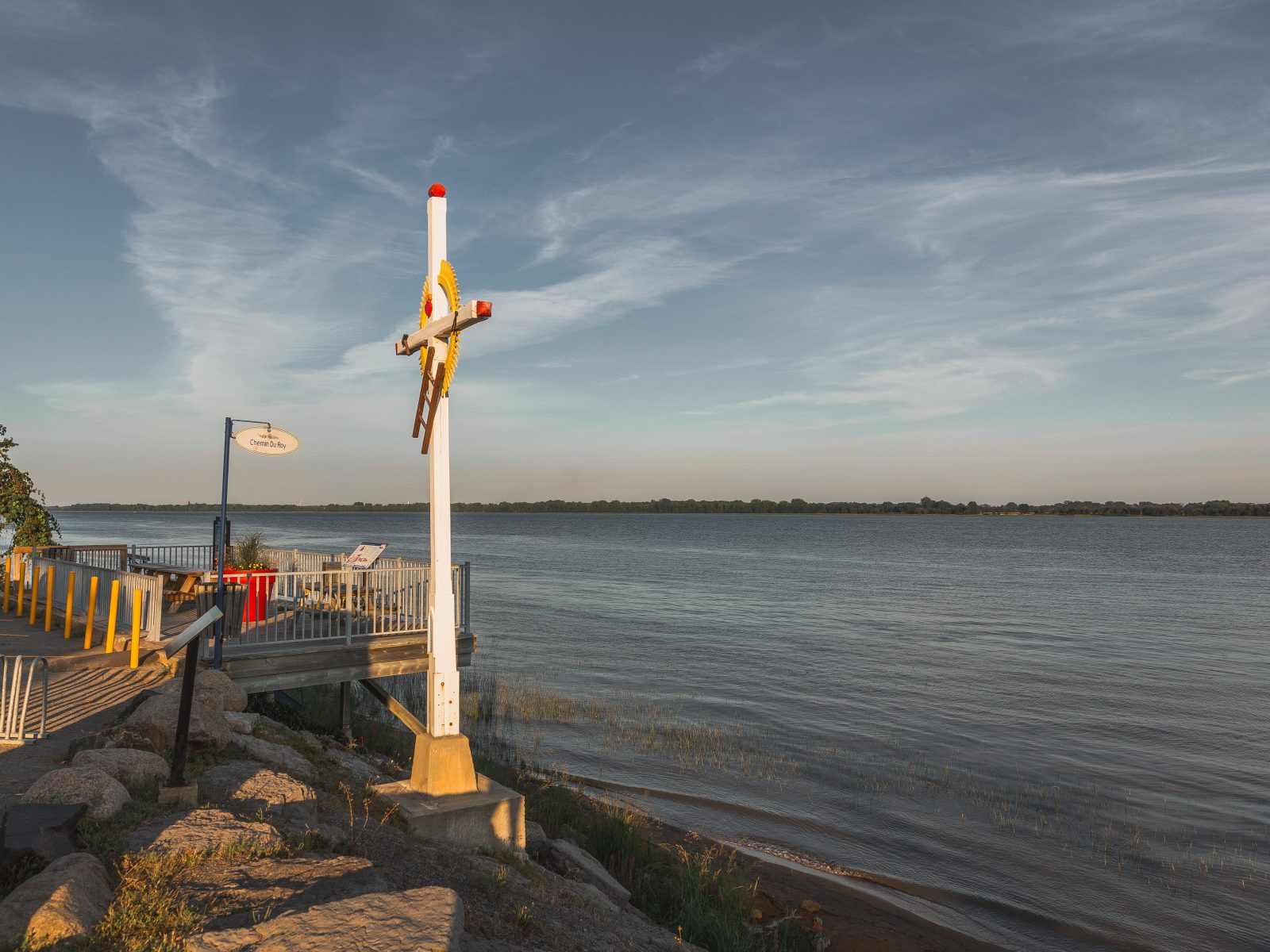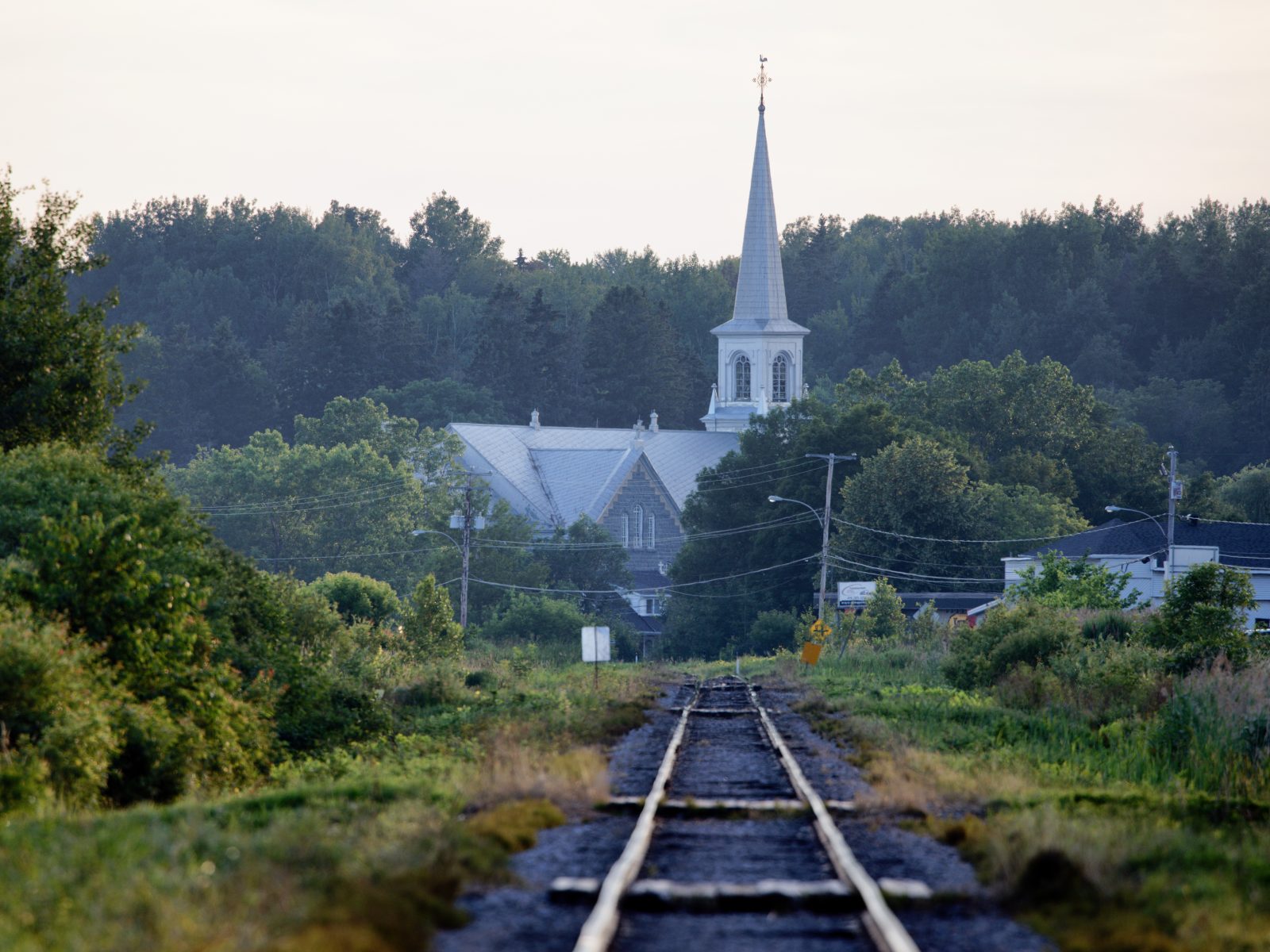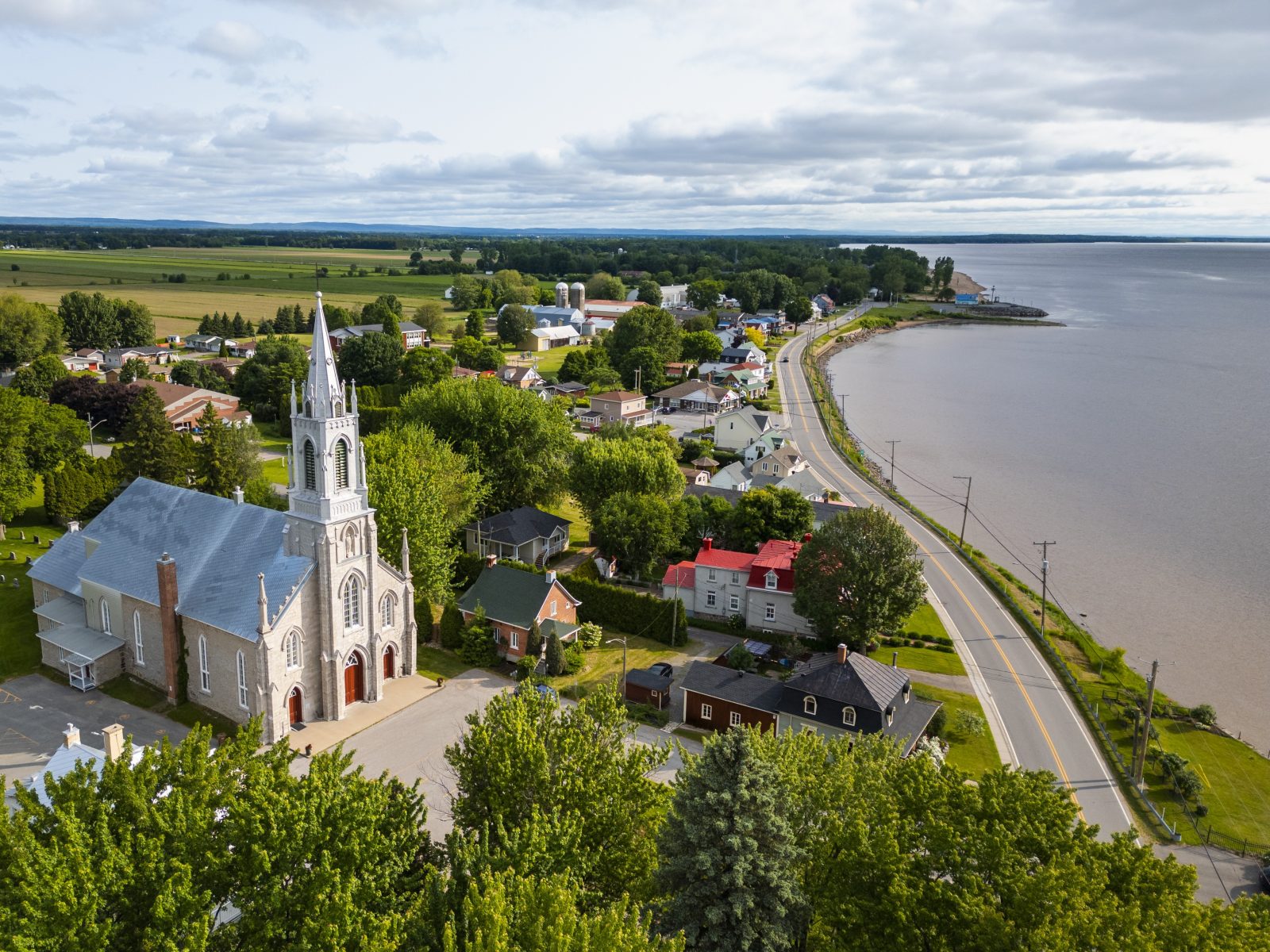Who in Quebec hasn’t heard of the King’s Road (Chemin du Roy)? Its blue road signs adorned with a crown have long been part of the familiar landscape along Route 138 between Montreal and Quebec City. But what if we told you this emblematic route still holds plenty of secrets and little-known stories? Here are eight surprising facts about the Chemin du Roy.
1. Not the Only King’s Road
As surprising as it may seem, the Chemin du Roy we know today is actually… one of many King’s roads built at the time!
Geneviève Auger, co-author of the Carnets du Chemin du Roy, explains that all public roads in New France were called chemins du Roy back then. However, this one kept the name because it was the first to link Quebec City and Montreal, creating a strategic connection for the colony (La Presse).
It wasn’t until 1999 that the Chemin du Roy was officially recognized as a heritage tourist route by Quebec’s Ministry of Tourism.
This is what led to the installation of those famous blue signs with a crown along Route 138. That’s right! Even though they feel like they’ve always been there, they only date back a few decades!

2. The Equivalent of the U.S. National Road
You may have heard of the National Road down south, also called the Cumberland Road. You know, that road built between 1811 and 1837 to connect the East to the Midwest, to support the expansion of settlers to the West?
Though longer than the King’s Road – 1,000 km compared to 280 km – the National Road is much more recent. But it’s the Chemin du Roy, built from 1706 to 1737, a full century earlier, that remains the oldest carriage road in America north of the Rio Grande.
Nevertheless, we can draw an interesting parallel between these routes, both developed to stimulate economic development, facilitate trade and promote territorial expansion in their respective regions.
3. A Journey That Required Near-Olympic Stamina
It’s easy to forget these days, but travelling on the first carriage road linking Quebec City and Montreal required good physical fitness… and patience!
Riders had to be fit to travel on horseback or by carriage along narrow, uneven and often poorly maintained dirt roads. At the time, each landowner was responsible for maintaining the section of the Chemin du Roy that crossed their land.
Add to that the cold, torrential rains, heat waves and very basic rest stops… Nothing comfortable or luxurious for travellers of the time, let’s face it!
As historian and geographer Christian Morissonneau, a specialist on the Chemin du Roy, points out, “By the late 18th century, the King’s Road had already undergone four detours at Yamachiche, Louiseville, Maskinongé and Saint-Barthélemy due to flood risks” (La Presse).

4. A Rest Stop Every 14 Kilometres
Very much of its time, the King’s Road was designed for travellers of yesteryear, who moved primarily on horseback. The story goes that there was a relay station about every 3 leagues (every 14 or 15 kilometres), which is the distance a horse could travel before needing rest.
These stops allowed horses to recover before continuing the journey. Christian Morissonneau notes that travellers could change horses as many as twenty times before reaching their destination (La Presse)!
Later, with the arrival of cars, travellers no longer needed such closely spaced relay stations. Many locations were gradually closed, repurposed or converted for other uses.
Today, we stop along the Chemin du Roy to discover heritage, soak in history and appreciate the charm of places that bear witness to our past.
5. Roadside Crosses as Landmarks
In Quebec, the first roadside crosses appeared during the construction of the King’s Road. These markers, both physical and spiritual, helped travellers find their way and offered a place for prayer when reaching a church was impossible.
More than just religious symbols, they represent “an ancient form of attachment to a place, a crossing point that draws human attention,” emphasizes historian Jean-François Nadeau (Radio-Canada).
Over the years, many deteriorating crosses have been rebuilt to preserve their presence in the landscape. They’ve been part of Quebec’s heritage since 1920, thanks to the Commission des monuments historiques du Québec. By 1975, nearly 3,000 roadside crosses had been recorded across la Belle Province.
6. A Military Corridor
Although primarily used for the transport of people and goods, the Chemin du Roy also played a key role in the defense of New France, particularly during conflicts with the Iroquois or the British.
Its strategic route, linking Quebec City, Trois-Rivières and Montreal, allowed for rapid deployment of troops and delivery of mail or military supplies when needed.
Moreover, the King’s Road ensured the colony’s administrative and military cohesion by effectively connecting cities and garrisons to maintain security and communication across the territory.

7. Almost Lost to History
Although the Chemin du Roy is now a celebrated heritage route, it nearly vanished twice. First with the arrival of the train in the 19th century, which diverted much of the traffic to the rails, then with the inauguration of Highway 40 in 1959, which relegated the old road to near oblivion.
It was especially in the 1990s that the Chemin du Roy regained its prestige thanks to its unique tourist route in North America. The oldest carriage road in New France crosses through 26 village centers, from Cap-Rouge to Neuville, passing through Portneuf, Batiscan and Saint-Sulpice, inviting visitors to (re)discover picturesque villages and numerous heritage attractions.
8. A Musical Tribute by Jean-Pierre Ferland
Though not part of his well-known repertoire, the song Le Chemin du Roy by Jean-Pierre Ferland was recorded in October 1967 to commemorate General de Gaulle’s visit to Quebec.
It was during that historic visit, on July 24, 1967, that General de Gaulle travelled the Chemin du Roy between Quebec City and Montreal before delivering his famous “Vive le Québec libre !” (translated as “Long live free Quebec!”) from the balcony of Montreal’s City Hall – a phrase that still echoes in Quebec’s collective memory nearly 60 years later.

The King’s Road is full of fascinating stories – some well-known, others still waiting to be told. Perhaps you have your own anecdotes to share that shed new light on this legendary road. One thing is for sure: with nearly 300 years of history, the Chemin du Roy remains very much alive and brimming with tales that continue to surprise and inspire.